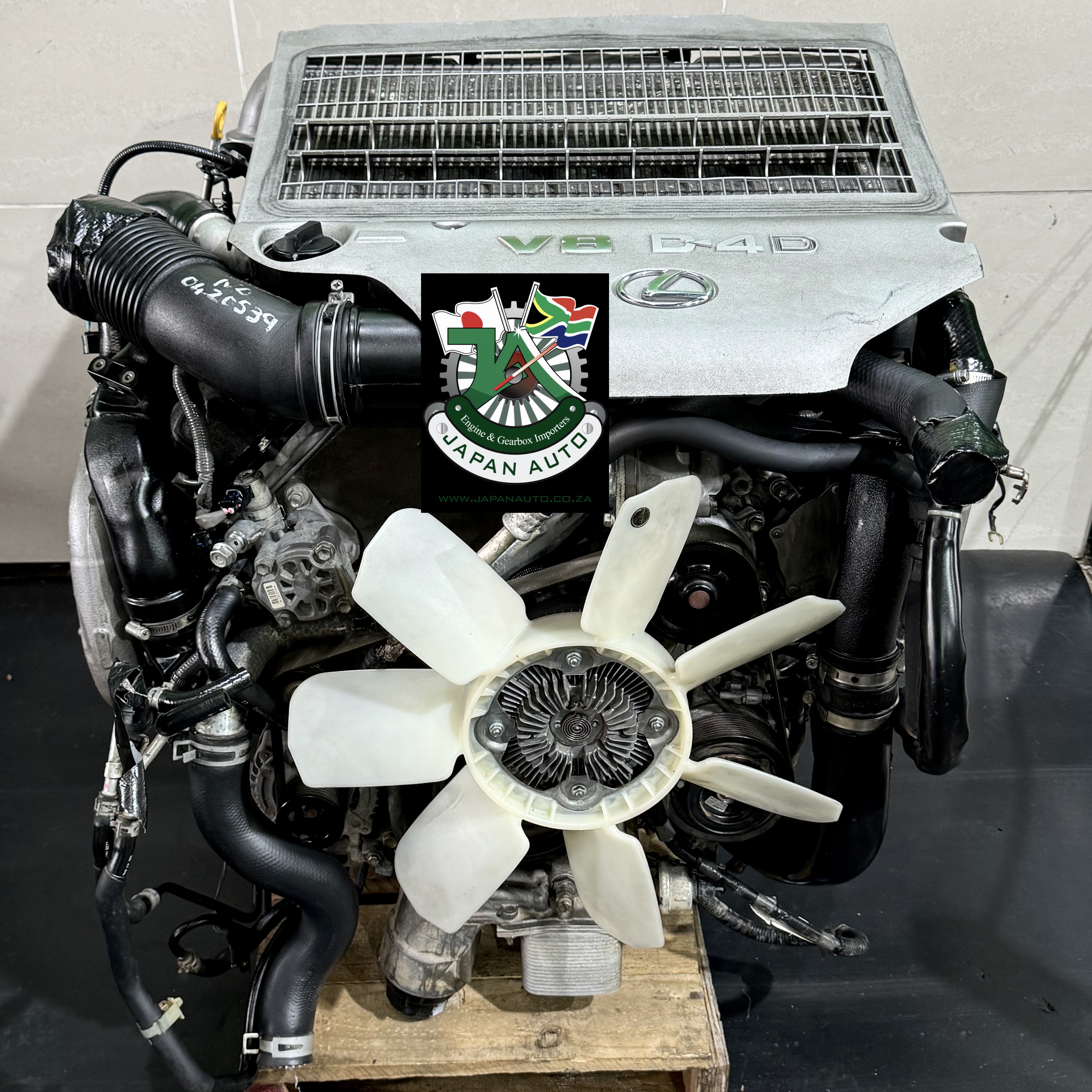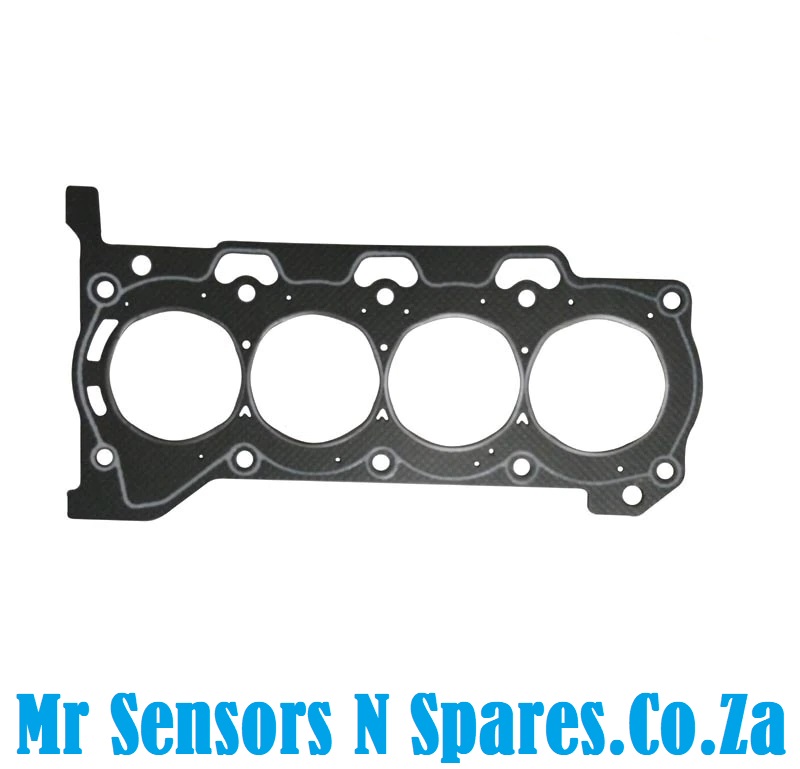Toyota Tazz: The Compact Car That Delivers on Reliability and Fuel Efficiency
Toyota Tazz: The Compact Car That Delivers on Reliability and Fuel Efficiency
Blog Article
Check Out the most up to date Patterns in Engine Technology With Tazz
In the rapidly developing landscape of automotive modern technology, Tazz stands at the forefront, highlighting substantial improvements in engine systems that focus on both innovation and sustainability. tazz. From crossbreed engines that optimize fuel effectiveness to the emergence of hydrogen gas cells, the fads shaping contemporary powertrains are not only boosting performance but additionally attending to vital environmental challenges. As the sector continues to push limits, it is crucial to take into consideration just how these growths will affect future transportation options and the broader implications for worldwide energy usage. What exists in advance in this crucial improvement?
Crossbreed Engine Innovations
Crossbreed engine technologies stand for a critical change in automotive innovation, integrating the advantages of internal burning engines with electric propulsion systems. This assimilation not just enhances fuel effectiveness yet also decreases emissions, meeting progressively rigid ecological regulations. By utilizing both energy resources, hybrid engines can optimize efficiency, providing power when required while saving gas during less requiring motoring conditions.
Current innovations in crossbreed technology include improvements in battery efficiency and regenerative braking systems. These developments enable for higher power healing throughout slowdown, which can be redirected to help in acceleration or power accessory systems. Manufacturers are focusing on lightweight products and small styles to maximize the effectiveness of hybrid powertrains.
The growth of plug-in hybrids has likewise broadened the market, making it possible for motorists to charge their lorries making use of conventional electric outlets. This function frequently enables significant all-electric variety, more lowering reliance on conventional fuels. tazz. As the automotive industry remains to develop, hybrid engine technologies are expected to play an essential function in linking the space between traditional automobiles and totally electric designs, offering a transitional service that caters to varied customer requirements and preferences
Advances in Electric Powertrains
The automobile landscape is swiftly evolving, with electrical powertrains arising as a leading pressure in sustainable transportation. Advances in electrical vehicle (EV) modern technology are significantly improving performance, customer, and performance experience. Key innovations consist of renovations in battery chemistry, which have boosted power density, decreased charging times, and extended total battery life.
Solid-state batteries, as an example, promise to revolutionize the marketplace by supplying greater security and effectiveness compared to standard lithium-ion cells. Moreover, innovations in regenerative stopping systems are making it possible for vehicles to recoup energy during slowdown, adding to overall performance.
Along with battery innovation, electrical motor styles are becoming more advanced. Innovations such as integrated motors and advanced thermal monitoring systems are helping to enhance power shipment and decrease weight, ultimately enhancing automobile characteristics.

Jointly, these breakthroughs emphasize the dedication to shift in the direction of cleaner, much more effective transportation options, positioning electric powertrains at the forefront of automobile innovation.
The Surge of Hydrogen Gas Cells
Progressively, hydrogen gas cells are obtaining grip as a sensible alternative to conventional inner combustion engines and battery electrical cars. This modern technology utilizes the chemical energy saved in hydrogen, transforming it into electricity with an electrochemical reaction with oxygen. The key result of this process is water, making hydrogen gas cells an eco-friendly option with zero emissions at the tailpipe.

Car manufacturers are progressively buying hydrogen fuel cell technology, identifying its possibility for long-range applications and fast refueling abilities that equal standard gas. In addition, markets such as heavy-duty transportation and public transit are specifically appropriate for hydrogen gas cells, where battery electrical remedies might fail due to weight and variety constraints.
As research and investment proceed to expand, hydrogen fuel cells are poised to play a substantial duty in the future landscape of clean transport and energy remedies.
Enhancements in Internal Burning Engines
Technologies in internal burning engine (ICE) modern technology are changing standard automobiles to fulfill modern-day environmental requirements and performance expectations. One of one of the most substantial enhancements involves the assimilation of innovative gas shot systems. These systems maximize the air-fuel mixture, enhancing combustion performance and causing decreased discharges. Direct fuel injection, for circumstances, permits for better atomization of fuel, resulting in more complete burning and improved power result.
In addition, turbocharging has gained importance, allowing smaller engines to deliver higher performance without the weight of larger engines - tazz. This innovation not just enhances effectiveness but additionally adds to reduce fuel usage. Variable shutoff timing systems are additionally being fine-tuned, enabling engines to adjust to different driving problems for enhanced torque and responsiveness
In addition, using lightweight materials in engine construction is ending up being common, more boosting gas effectiveness by minimizing overall vehicle weight. Engine control devices (ECUs) are progressively innovative, allowing real-time adjustments that enhance performance and discharges.
These enhancements collectively symbolize a pivotal shift in ICE innovation, lining up with global sustainability objectives while still providing the efficiency chauffeurs expect from their vehicles. As the industry develops, these enhancements proceed to shape the future of traditional vehicle design.
Future Trends in Engine Effectiveness
Significant advancements in engine performance are expected as manufacturers focus on integrating advanced innovations to fulfill strict ecological regulations and customer needs. The change in the direction of electrification, crossbreed systems, and alternative gas is reshaping the auto landscape, driving innovations that improve fuel economy and minimize emissions.
One of the crucial trends is the implementation of advanced materials and making strategies. High-strength alloys and light-weight compounds add to reduced car weight, therefore enhancing overall effectiveness. In addition, the adoption of turbocharging and variable valve timing innovations enables for boosted power outcome from smaller engines, even more boosting fuel economic climate.

Verdict
Finally, the expedition of engine my latest blog post innovation reveals considerable improvements that prioritize sustainability and performance. Innovations in hybrid engine systems, electric powertrains, and hydrogen fuel cells show a commitment to decreasing emissions while boosting performance. Furthermore, renovations in inner combustion engines and a concentrate on light-weight materials add to total engine effectiveness. As the automobile sector remains to progress, these trends will certainly play an essential duty in shaping a cleaner and even more lasting future for transport.
From hybrid engines that optimize fuel efficiency to the emergence of hydrogen fuel cells, the trends forming modern powertrains are not only improving efficiency however additionally dealing with important ecological challenges.Crossbreed engine innovations stand for an essential change in automobile technology, combining the benefits of inner burning engines with electrical propulsion systems.Furthermore, turbocharging has actually gained prominence, enabling smaller sized engines to deliver higher performance without the weight of bigger engines. Furthermore, the adoption of turbocharging and variable shutoff timing innovations enables for a fantastic read enhanced power outcome from smaller sized engines, additionally boosting gas economic situation.
Enhancements in internal burning engines and a focus on light-weight materials add to general engine efficiency.
Report this page